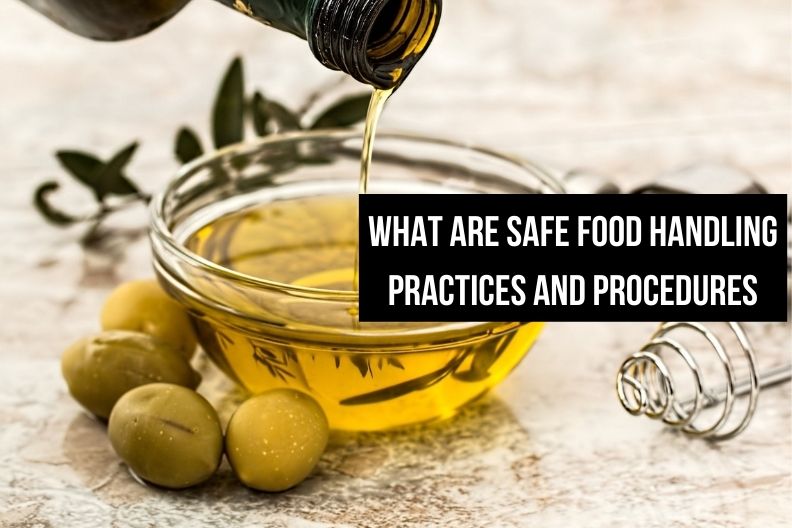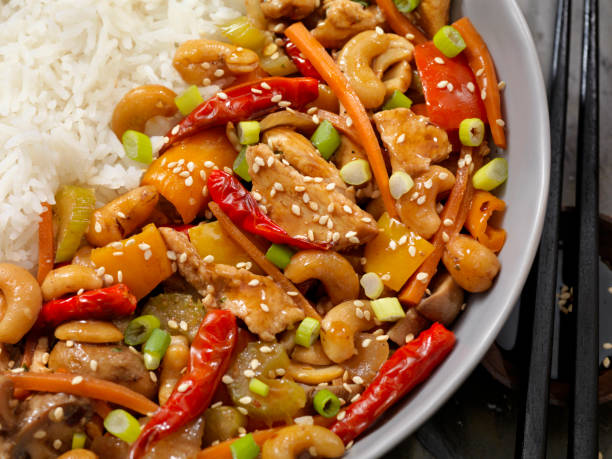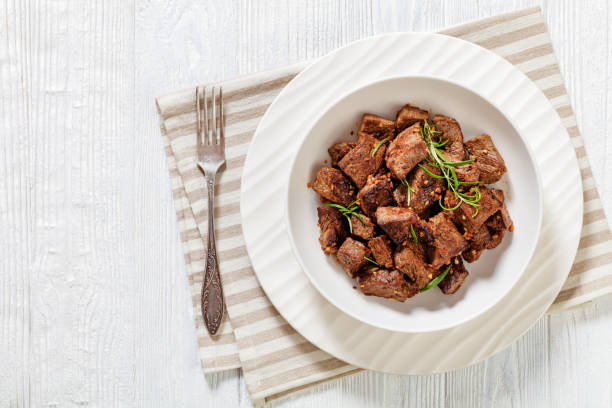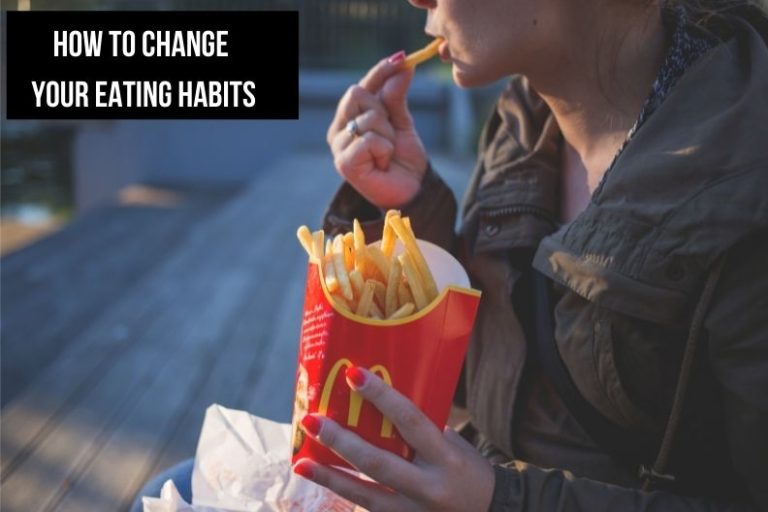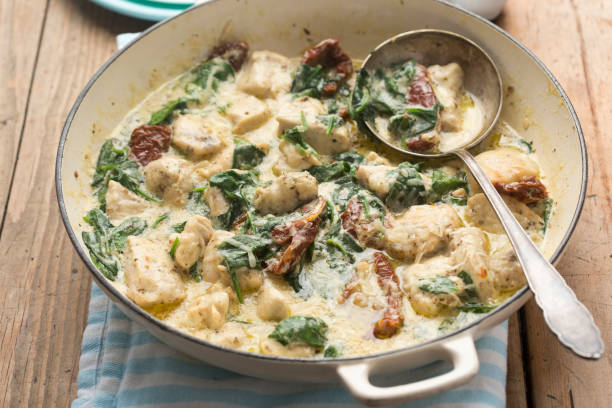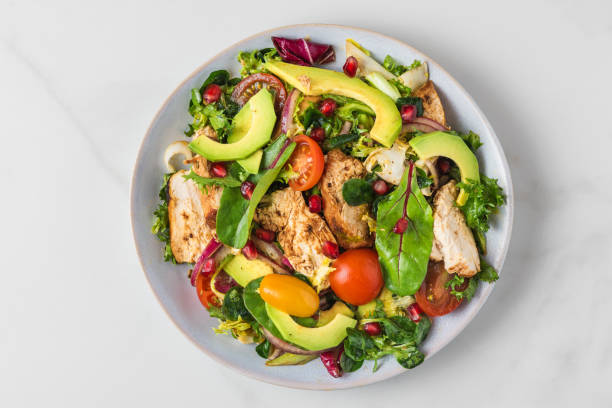What are Safe Food Handling Practices and Procedures
This post contains affiliate links. This means I will make a commission at no extra cost to you should you click through and make a purchase. Read the full disclosure here.
Handling food properly and safely is essential to preventing food-borne illness. However, many people are unaware of basic safe food handling techniques. When working with food, one of the most important points to remember is to use good personal hygiene. Hygiene refers to practices that promote good health. It involves making a conscientious effort to keep dirt and germs from getting into food.
To keep your family safer from food poisoning, follow these simple steps:
Table of Contents
Wash Your Hands Through
Always wash your hands with soap and warm running water for 20 seconds before beginning to work with food. You need this much time to get your hands thoroughly clean. Be sure to clean under your nails and around cuticles, too. Use paper towels or clean cloth towels to dry hands. Do not use the same towel you use to dry dishes. This will keep bacteria that multiply on a damp hand towel from getting on clean dishes.
Wear Gloves if You Have a Wound
If you have any kind of infection on your hand, wear gloves when preparing food. Bacteria grow in open wounds and may contaminate the food you are preparing. Treat gloved hands just like bare hands, washing them whenever they come in contact with unclean surfaces.
Rewash Your Hands After Touching Other Things
Rewash your hands every time you touch dirty objects, including pets, money, and unwashed utensils. Wash your hands after coughing, sneezing, combing your hair, and using the bathroom, too.
Wear Clean Clothes
Wear clean clothes or a clean apron when working with food. If you have long hair, pull it back to keep loose strands from falling into food.
Keep Your Work Area Clean When Preparing Foods
Wash all utensils and surfaces thoroughly after each use. Using a bleach solution of two spoons bleach to a quart of water will help eliminate bacteria. Choose tools and cutting boards that are easy to clean. Plastic materials are good choices. Wooden surfaces are porous and more difficult to keep clean. Allow cutting boards to air dry rather than drying them with cloth towels, which can transmit bacteria.
Keep Shelves and Drawers Clean
Bacteria from these surfaces can be transferred to foods by utensils and dishes. Carefully cleaning appliances is another way to avoid contamination. For example, cleaning the cutting edge of a can opener keeps it from transferring bacteria when it touches food.
Allow Dish Clothes and Sponges to Dry Thoroughly
Damp cloths and sponges are breeding grounds for bacteria. Each day replace dishcloths and wash sponges in a bleach solution.
